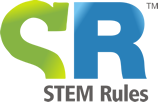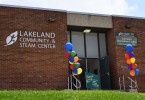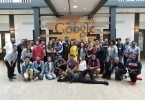Lighting the Way to Better Semiconductors

The University of Utah reports that an associate professor in the Materials Science and Engineering department, and a researcher at the National Renewable Energy Laboratory have made an illuminating breakthrough.
They developed a theory that could lead to more efficient solar cells and better LEDs, by adding light during the making of semiconductors to reduce defects in the materials.
Techtarget.com defines a semiconductor as “a substance, usually a solid chemical element or compound, that can conduct electricity under some conditions but not others, making it a good medium for the control of electrical current.“
A paper on the work, “Suppression of Compensating Native Defect Formation During Semiconductor Processing Via Excess Carriers,” was published June 16 in the journal, Scientific Reports.






